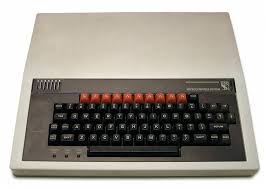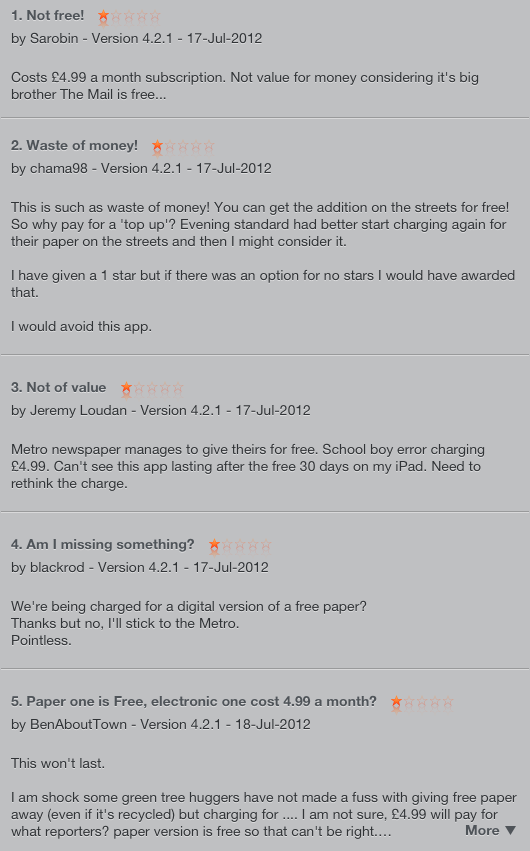From what first looked like a great race, past all the great sites in this great city – London – the reality was a little different!
An early start yesterday and a train journey up to London with the Noble gang. As normal for any London races on Sundays, the trains and tubes were full of runners, which is always a nice sight! And a painless journey up to London.
We arrived in plenty of time so managed a little walk around to see some sites – flags up all down Regent St. ready for the Olympics and our own Noble Bolt (me).


Lots of people around Picadilly Circus all heading to the race, so we wandered along in the general direction that everyone was going. The heavens opened briefly – as forecast – but it didn’t last long and didn’t seem to worry anyone. It’s only a little rain!
Then a very convoluted route to walk towards the start, over a mile away and lots and lots of people. Nic and the kids left me in the queue and headed back – for a coffee and to find a good point to cheer me on (which they did but didn’t get to see me as it took me a lot longer than planned to get there and by that time they’d headed back to where we were going to meet after – see below).
I must have been 2/3 of the way back in the pack and the start was a long long way away with a huge crowd of runners queuing up. The photo below shows what it was like…

An amazing monument – the Bomber Command Memorial – and great to see to it. The start for the race is actually opposite on the other side of the road, so you have to loop round very slowly.
Once across the road you can start running and then cross the start already going. Then you realise that it’s not going to be fast. Despite entering your predicated finish times on the entry forms, it served no purpose and everyone starts wherever they want with no time pens. Surely this is a school boy error – every other race I’ve done sets you up in order of predicted finish times so you can at least give it your best shot and go for a PB. But not here. Even those crossing the start line only a minute after the gun went off, complained of the same problem. It took me about 25 minutes to cross the start line after the official start.

The whole race is then weaving in and out of people, a lot walking, only 1km in. What’s that all about? Not just a few, but a lot.

Still a nice route, though you don’t notice much as you’re watching out so you don’t trip over other runners. A bit more rain on the route just crossing Westminster Bridge but the finish wasn’t too far away so time to pick up the speed – if I can…

Managed a nice last 1/4 mile finish really picking up the speed but didn’t feel I’d put everything in when I crossed the line. Frustrating way to finish as I’d high hopes to get a PB for the distance. But the sheer volume of runners at all speeds, meant this was never going to happen.
My official finish time was 46 minutes 34 seconds. So 2 minutes over my recent PB. My Garmin time was 43 minutes 39 seconds. How that can be 3 minutes different I’ve no idea. The Garmin also said I’d still got 0.17 miles to run. That I can understand as it loses the signal in the tunnels (x3) but the time should still be correct. So around 45-46 minutes I think. Which given the much slower pace is ok. Placing was 1195 out of 25,000 ish – maybe even near 30,000 – so not bad…

A couple of other photos from the race…

A few shots of the elite guys – 29 minutes to finish. Awesome stuff…


And me after meeting my support crew, at Trafalgar Square, complete with my finishers medal…

Now the bad bits and looking at race reviews and reports from previous years, this happens every year. That’s a bit shocking and how they’ve not listened and sorted these problems out is anyone’s guess. Sponsored by a big name like Nike, surely it’s in their interest to get it right? Just do it? No?
To kick things off some reviews – from Runners World readers – of the 2010 and 2011 races…

Hmm, I didn’t find these before, but they’ve got it spot it. And there’s more…
- Charging 50p for toilets along the route is a joke. They need to be free. See how the London Marathon or Royal Parks 1/2 do it. The £50 or £32 race fee should fund hiring toilets. You don’t need many for 10k.
- Medals not given as you finish but a mile later when collecting your bags is daft. With my family there to support me, I didn’t have bags to collect but had to walk to where the bags were to collect the medal. When you finish, you’re in a good mood, you should get a “Well done” and a medal around your neck. Not thrown in a bag by some steward 20 minutes later who’s grumpy.
- The £50 gold place I paid was for 2 t-shirts which I got but it seems plenty of others didn’t and there was other issues with t-shirts. Not a big problem for me, for me the £50 was to race which I thought was ok. But if you’re promising certain goodies as well then you need to stick to it.
- Better signage from about 7km. Mentioned by others as well. Not brilliant and difficult to know how much further to go (unless you’ve got a watch / GPS tracker). And there’s only 10 markers needed, it’s not asking for much.
- Start pens by predicted finish times or make it clear it’s a fun run and people shouldn’t be going for PBs. Again everyone else does this and it’s not new! Or even different starting locations.
- A more direct walk to the start – getting everyone to walk over a mile isn’t the way to do it.
- This may just be me, but if you’re going to have Her Majesty’s Life Guard Band playing 3 verses of the National Anthem, encourage people to sing along at least to the first one. No-one was singing, apart from me – at least where I was in the queue.
- Plan for enough medals. Yes they ran out. Luckily I got one. How they can run out is beyond me. Do they not know how many people were expected to finish? Kind of equals the number who started plus lets add a few extra, doesn’t it? To finish and not get a medal sucks big time.
Most of these are basic issues and to say this run has been going a fair few years, it’s a disgrace really that the organisation of it is getting stick like this, year after year! And it’s not just me – I promise. Sure I’m quick to highlight when service (yes this is a service) is rubbish but only when it’s that bad it needs to be pointed out.
See Runners World reviews for the race this year…

And on the British 10k Facebook page for this year…

Yes it is the first 10k race I’ve done, I’m more used to 1/2 marathons and full marathons, but should the organisation be any different? No. Would I run this one again? I don’t know. The route is amazing and I get real goosebumps when running through London past all the great sites but the lack of good organisation is very disappointing. Another 10k definitely and one in London – maybe the Bupa one has a lot of good reviews and feedback.











































